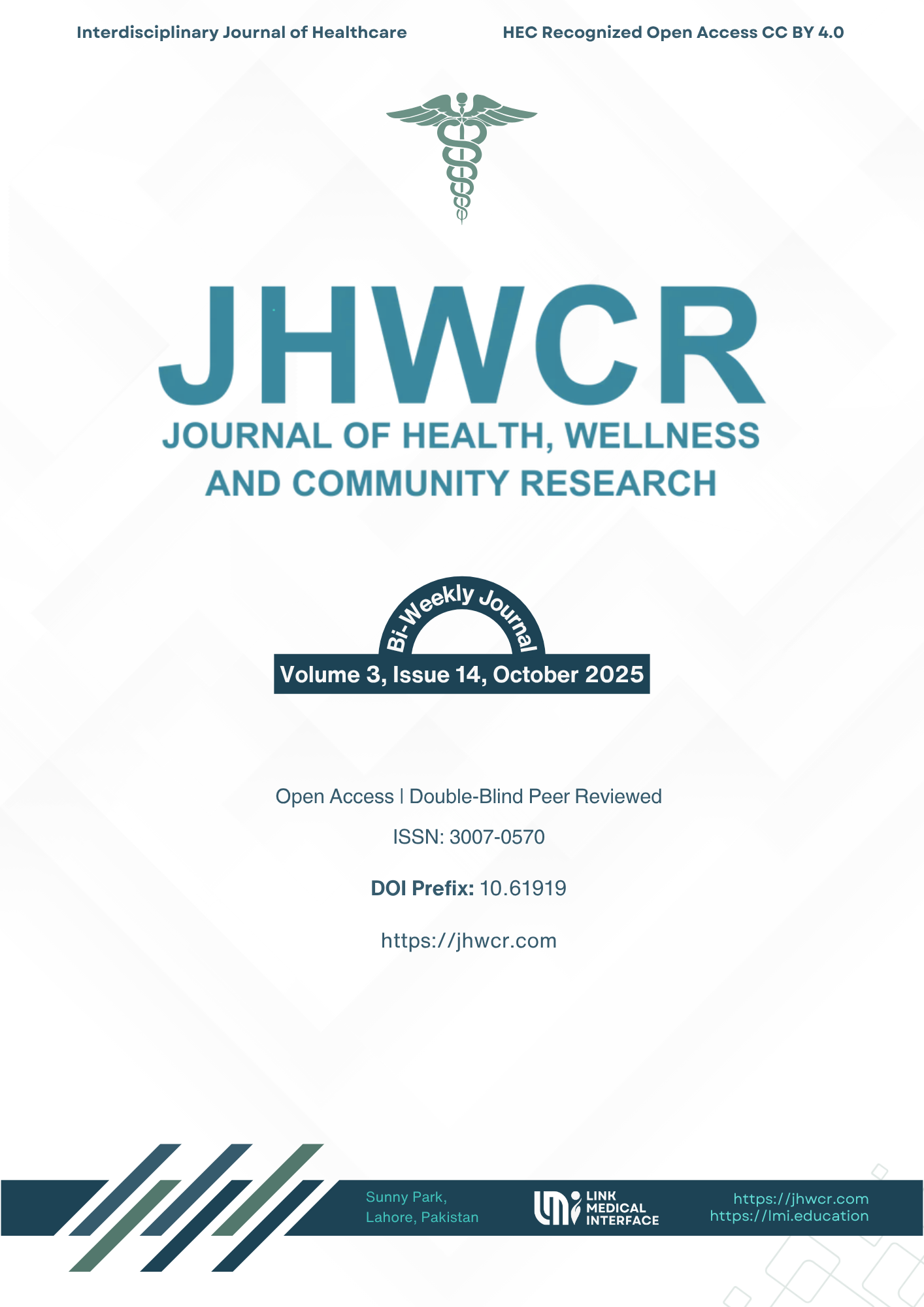The Effect of Acupressure Combined with Physiotherapy on Post-Surgical Pain Reduction, Joint Mobility, and Functional Recovery in Elderly Patients Following Knee or Hip Arthroplasty
DOI:
https://doi.org/10.61919/nwnjxv20Keywords:
Acupressure; Arthroplasty; Physiotherapy; Pain; Opioid-sparing; ElderlyAbstract
Background: Older adults recovering from knee or hip arthroplasty often experience movement-evoked pain that limits participation in physiotherapy and increases opioid exposure. Non-pharmacological adjuncts that are brief and feasible at bedside are needed to optimize early rehabilitation (1–4). Objective: To determine whether adding a brief, standardized acupressure protocol to early postoperative physiotherapy reduces pain and improves function in elderly arthroplasty patients. Methods: In a pragmatic, assessor-blinded randomized trial, adults ≥65 undergoing primary TKA/THA received enhanced-recovery physiotherapy with multimodal analgesia, with or without a 15-minute nurse-delivered acupressure protocol (auricular Shenmen/Knee-Hip/Thalamus; limb LI4, ST36, SP6; GB34 for TKA or GB29 for THA) immediately before physiotherapy on POD1–5. The primary outcome was average mobilization pain (0–10 NRS) over POD1–3; secondary outcomes included rest pain, daily opioid use (OME), discharge ROM, Timed Up-and-Go (TUG), length of stay, and adverse events. Results: Among 124 analyzed participants, acupressure plus physiotherapy reduced mobilization pain (−1.1 NRS, 95% CI −1.6 to −0.6; p<0.001), rest pain (−0.6, −1.0 to −0.2; p=0.004), and daily OME (−38 mg, −58 to −18; p<0.001); improved TKA knee flexion (+8°, 4 to 12; p<0.001), THA hip flexion (+6°, 2 to 10; p=0.003), and TUG (−2.8 s, −4.1 to −1.5; p<0.001); and did not change length of stay. No serious adverse events occurred. Conclusion: A brief, nurse-delivered acupressure protocol preceding physiotherapy enhances early analgesia and function after arthroplasty without safety concerns, supporting adoption within enhanced-recovery pathways.
Downloads
Published
Issue
Section
License
Copyright (c) 2025 Riaz Baig Chughtai, Syed Murtaza Ali Shah, Ahmad Nawaz Hassan Shah, Zonash Waqar, Nadeem Khalid, Nimra Fazal, Hassan Javed (Author)

This work is licensed under a Creative Commons Attribution 4.0 International License.


